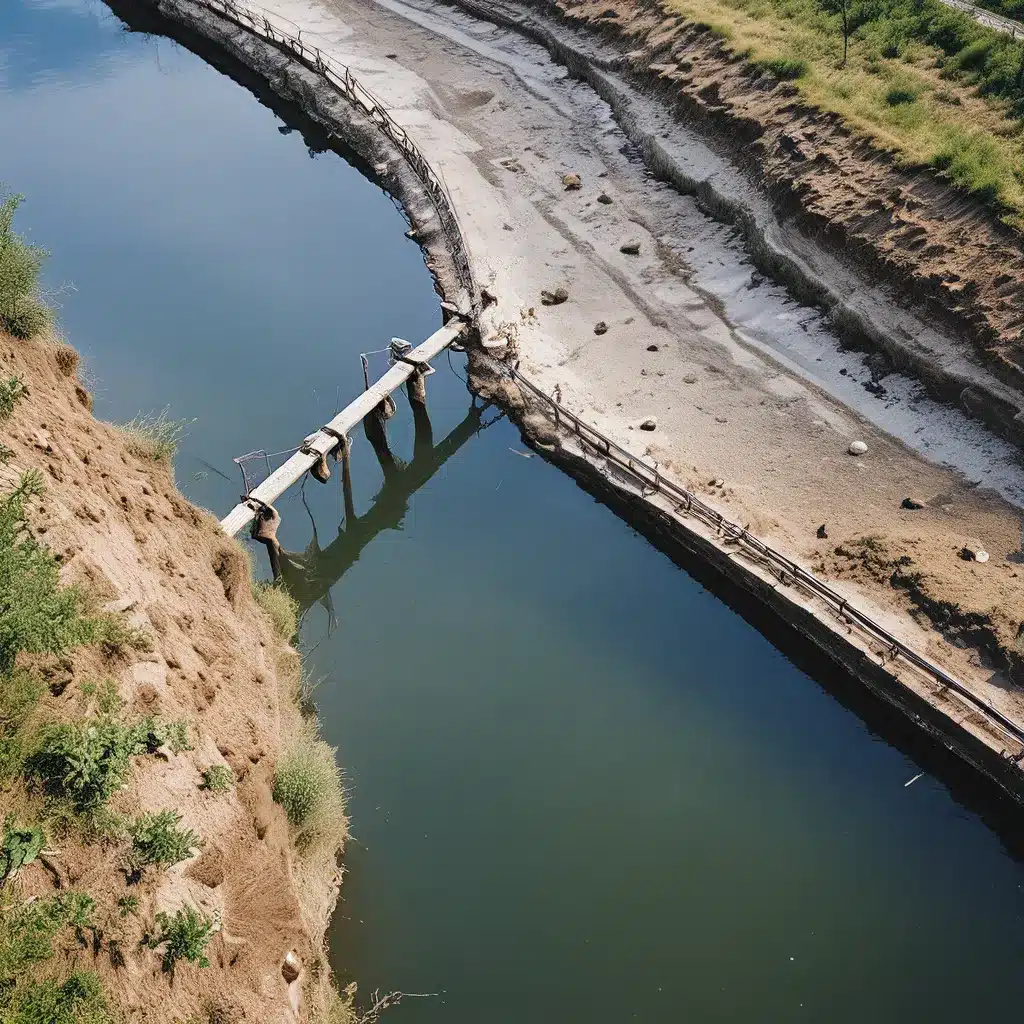
As I dive into this topic, I can’t help but marvel at the incredible power and potential of water. It’s the foundation of life, the lifeblood of our planet, and yet we often take it for granted. But what if I told you that by unlocking the true potential of water, we could revolutionize the way we approach environmental services and create a more sustainable future?
Rethinking Water Management: A Multifaceted Approach
Let’s start by acknowledging the complexities we face. The global demand for water is rising rapidly, driven by population growth, urbanization, and industrialization. At the same time, climate change is putting unprecedented strain on our water resources, with droughts, floods, and unpredictable weather patterns disrupting the delicate balance of our aquatic ecosystems. It’s a daunting challenge, but one that I believe we’re uniquely positioned to tackle.
The key, as I see it, lies in adopting a holistic, multifaceted approach to water management. Gone are the days when we could afford to treat water as a one-dimensional resource to be exploited and discarded. Today, we must view it as a dynamic, interconnected system that is intricately linked to the health of our environment, our communities, and our economies.
Embracing Innovative Technologies
One of the most exciting developments in this space is the emergence of cutting-edge technologies that are transforming the way we manage and optimize water resources. From advanced water treatment systems that remove contaminants with unprecedented precision, to smart irrigation technologies that precisely monitor and control water usage, the possibilities are truly endless.
Take, for example, the work of Inland Waters, a water treatment and environmental services company that has been at the forefront of innovation in this field. Their proprietary water treatment processes not only remove harmful pollutants, but also recover valuable resources like nutrients and minerals that can be repurposed for agricultural or industrial applications.
By thinking beyond the traditional linear model of water use and disposal, Inland Waters is unlocking new avenues for sustainable water management. Their approach is a prime example of how innovation and collaboration can pave the way for a more circular, resilient water ecosystem.
Fostering Cross-Sector Collaboration
Of course, innovation alone is not enough. To truly unlock the potential of water, we need to foster cross-sector collaboration and encourage interdisciplinary problem-solving. This means bringing together experts from fields as diverse as hydrology, engineering, agriculture, and environmental policy to tackle the challenges head-on.
As Thanawat Tiensin, the Director of the FAO Animal Production and Health Division, explains, “Sustainable livestock production encompasses practices that aim to meet the needs of raising animals for food while minimizing negative environmental impacts. This involves optimizing feed conversion, reducing feed waste, improving nutrient utilization, minimizing land and water resource degradation, lowering greenhouse gas emissions, and mitigating environmental degradation.”
By aligning the interests and expertise of stakeholders across different sectors, we can develop innovative solutions that address the interconnected nature of water, food production, and environmental sustainability. It’s a collaborative approach that holds the key to unlocking the true potential of water and creating a more resilient, equitable, and prosperous future.
Empowering Local Communities
But the story doesn’t end there. In my view, the most impactful and long-lasting solutions will be those that empower local communities to take ownership of their water resources and become active stewards of their environments.
As Tiensin points out, small-scale livestock producers often face significant challenges, from limited access to resources and financial support to a lack of technical assistance and market connections. By investing in these communities and equipping them with the tools and knowledge they need to adopt sustainable practices, we can create a ripple effect that extends far beyond the boundaries of individual farms or water treatment facilities.
Imagine a world where every community has the capacity to manage its own water resources, to recycle and reuse water, and to integrate water-smart agricultural and industrial practices into their daily lives. It’s a future that is well within our grasp, but it will require a fundamental shift in the way we approach water management – one that places the needs and aspirations of local communities at the very center.
Fostering a Sustainable Future
As I reflect on the journey ahead, I can’t help but feel a sense of optimism and excitement. The potential of water to transform our world is truly breathtaking, and the innovative approaches we’re seeing in the field are a testament to the ingenuity and dedication of those working to unlock this potential.
From advanced water treatment technologies to cross-sector collaboration and community empowerment, I believe we’re on the cusp of a new era of water management – one that will not only safeguard our precious water resources, but also create a more sustainable, equitable, and prosperous future for all.
So, let’s dive in, shall we? The path forward may be complex, but with a willingness to think outside the box, to collaborate, and to empower our communities, I’m confident that we can unlock the full potential of water and create a better world for generations to come.


